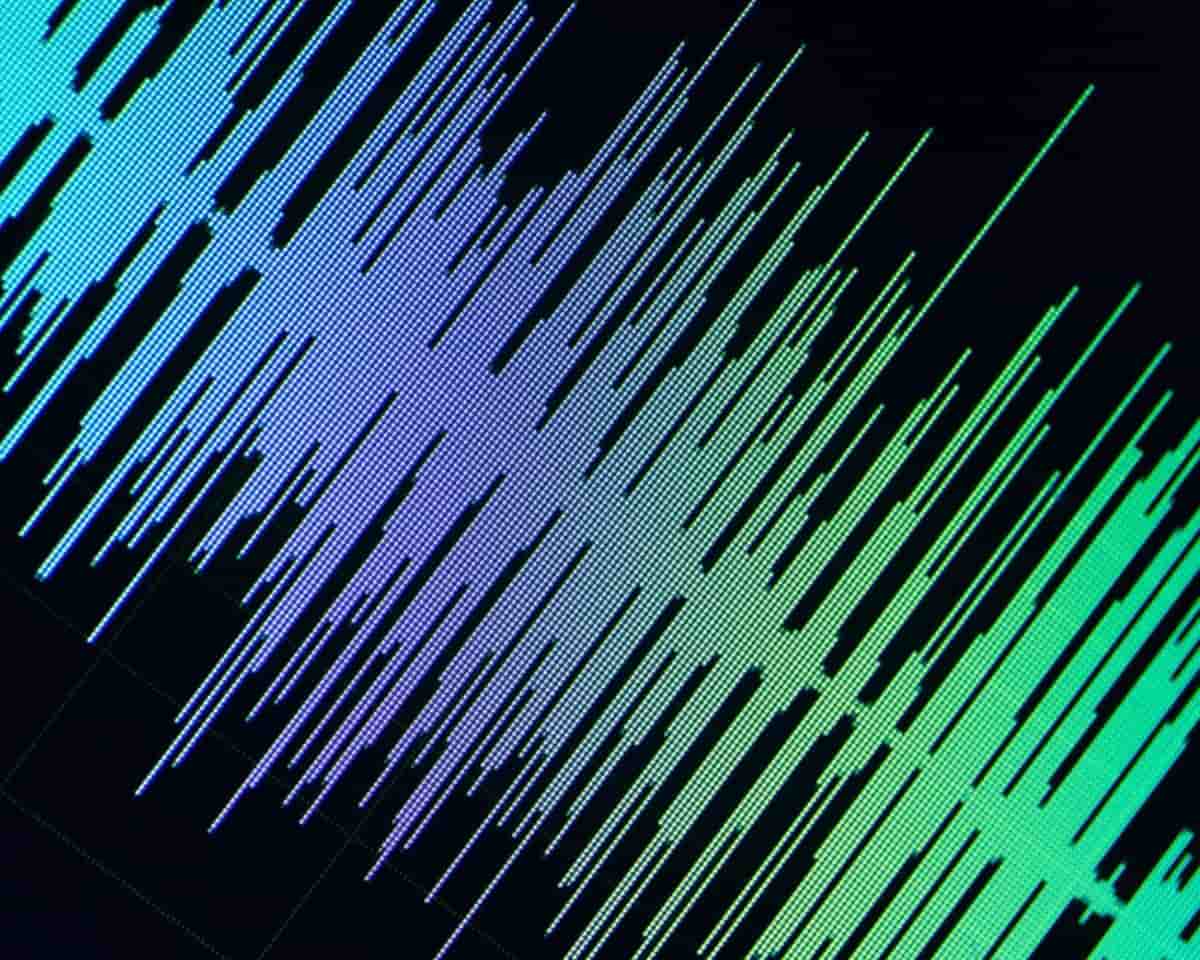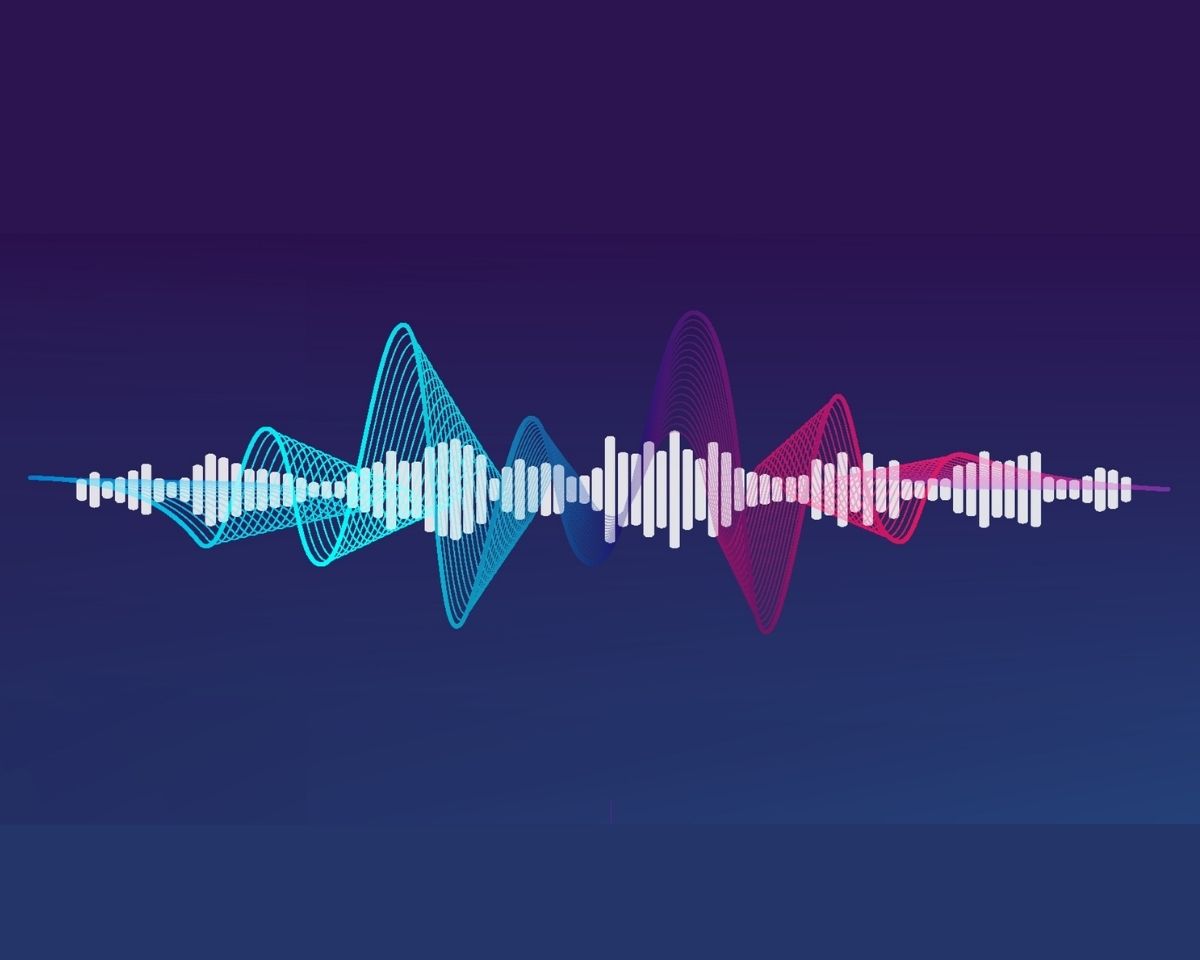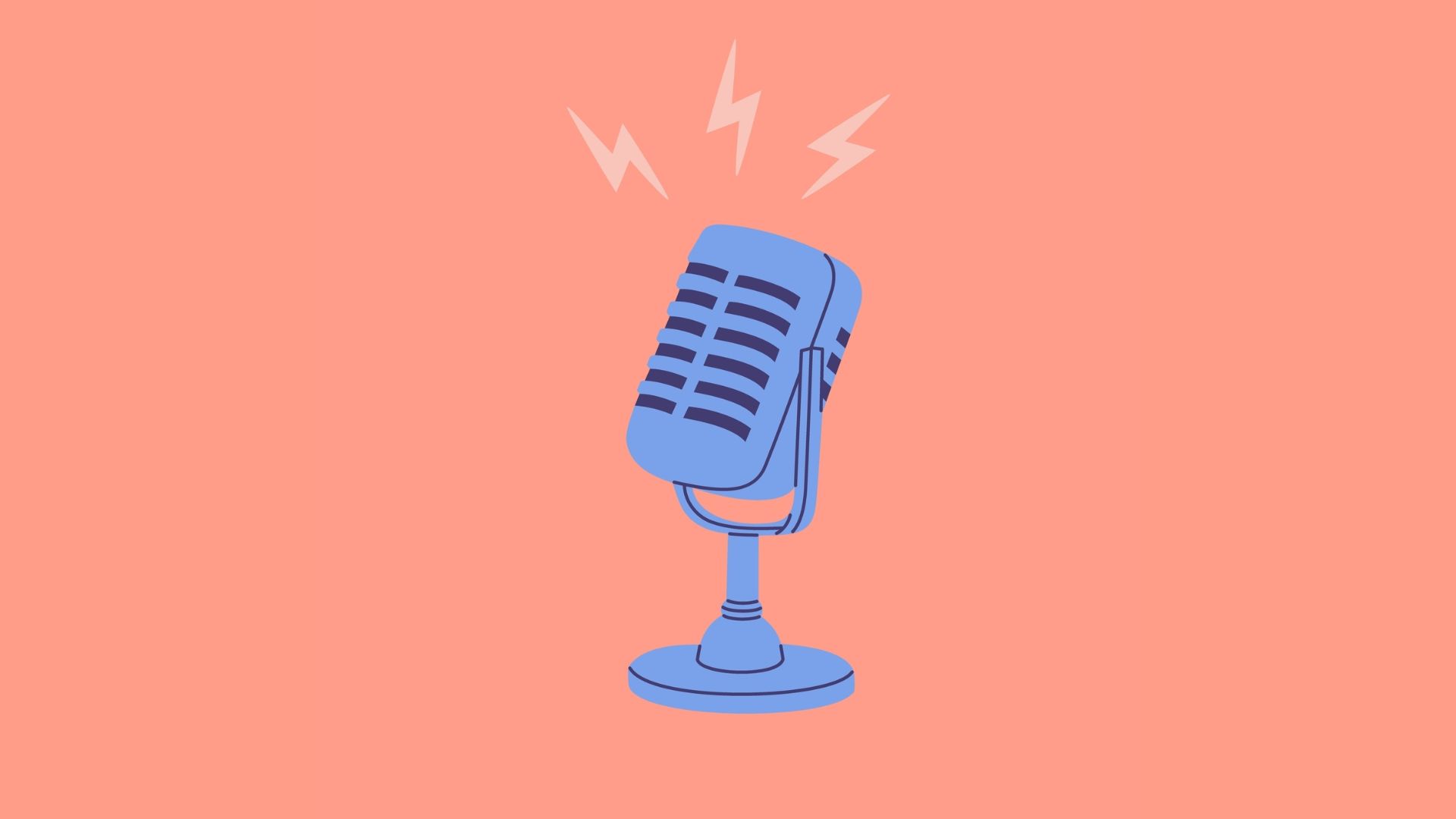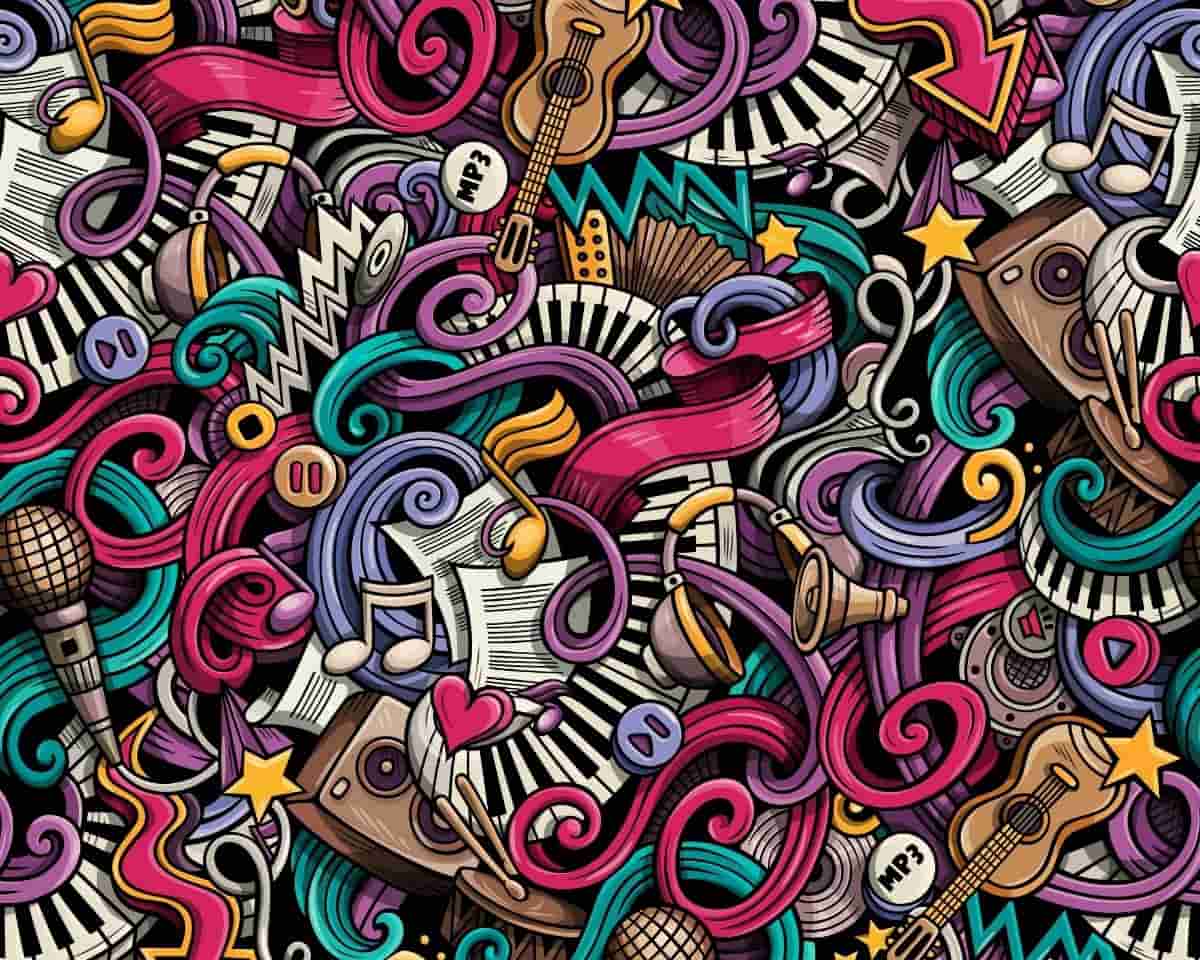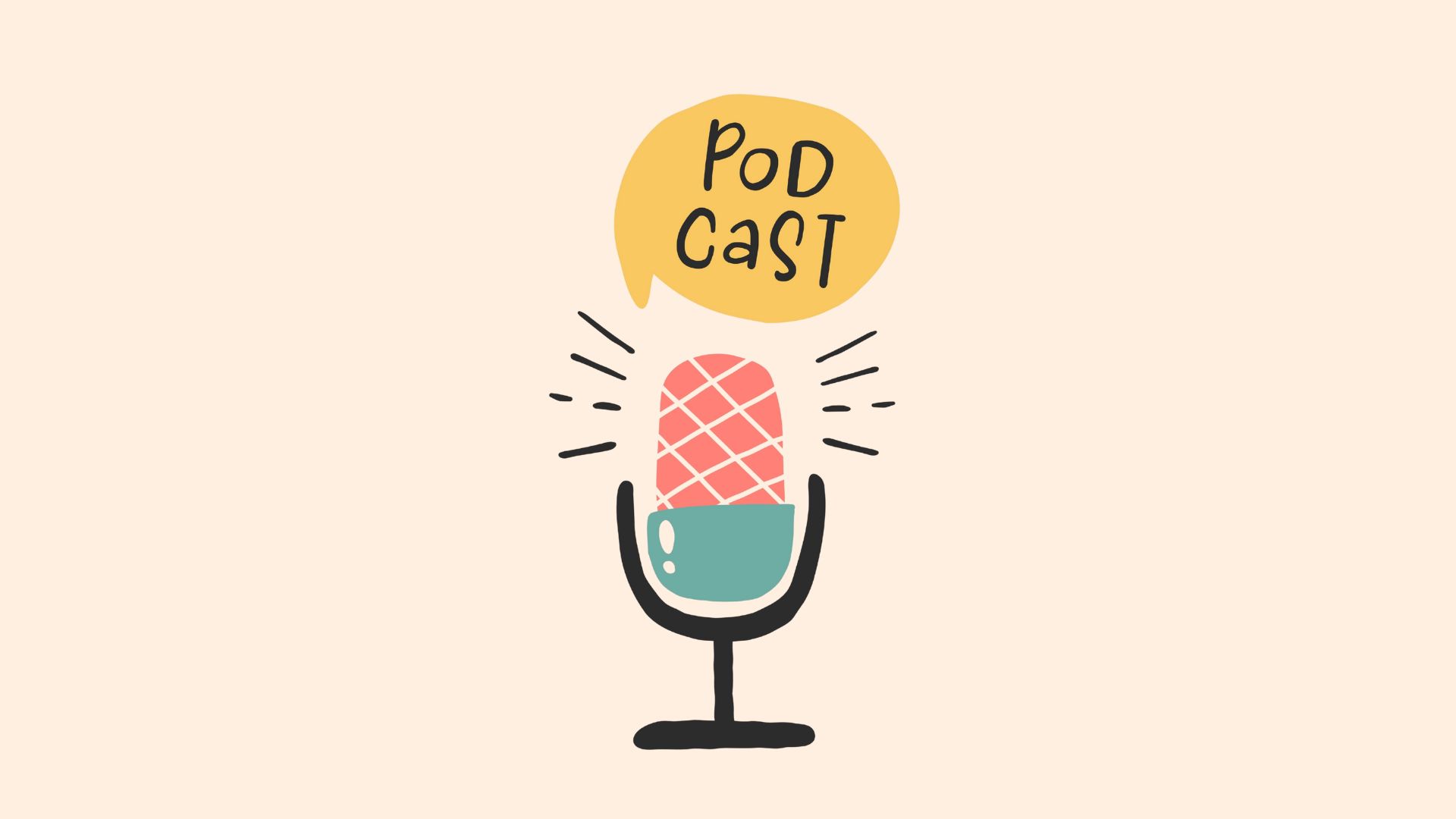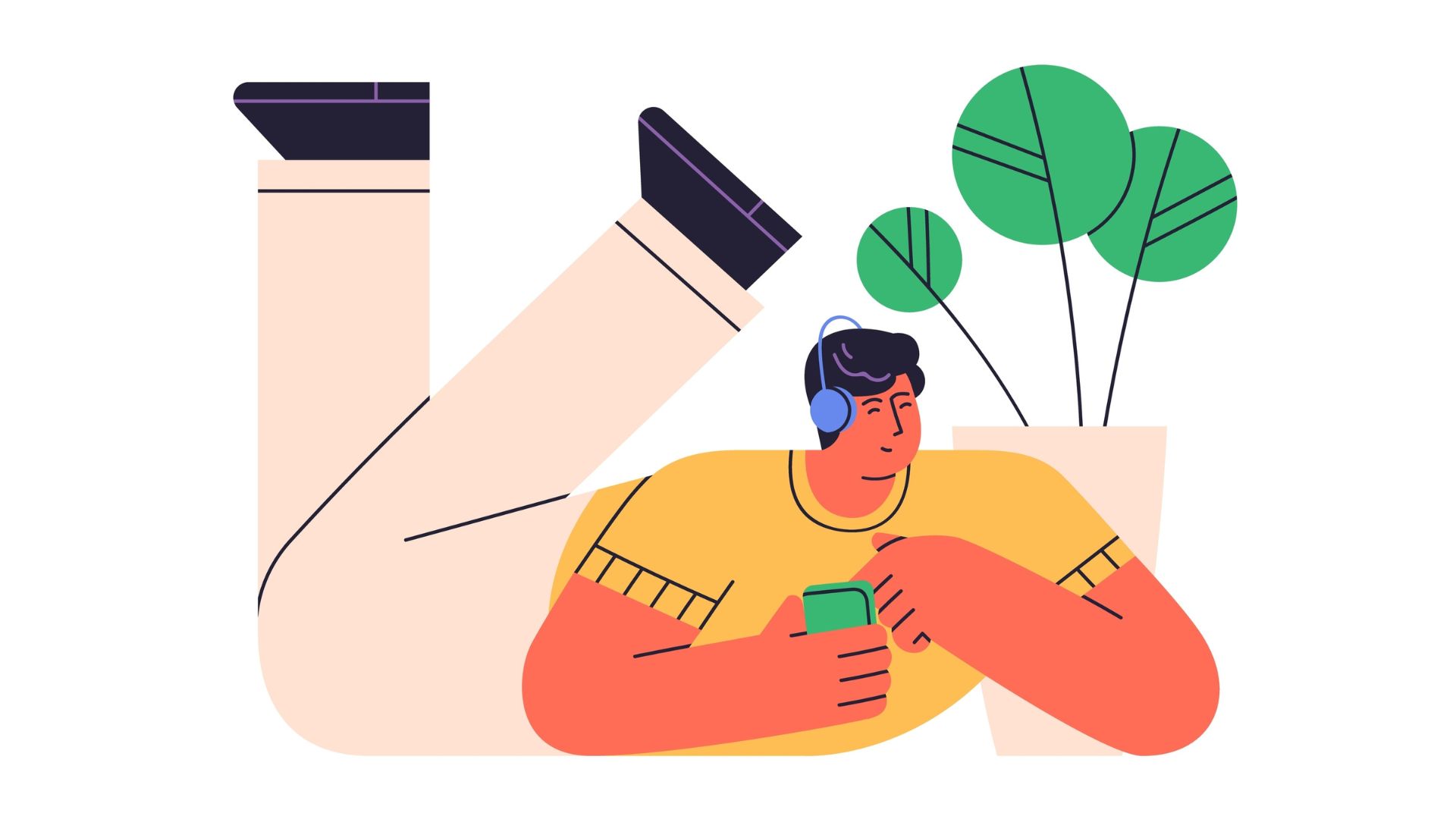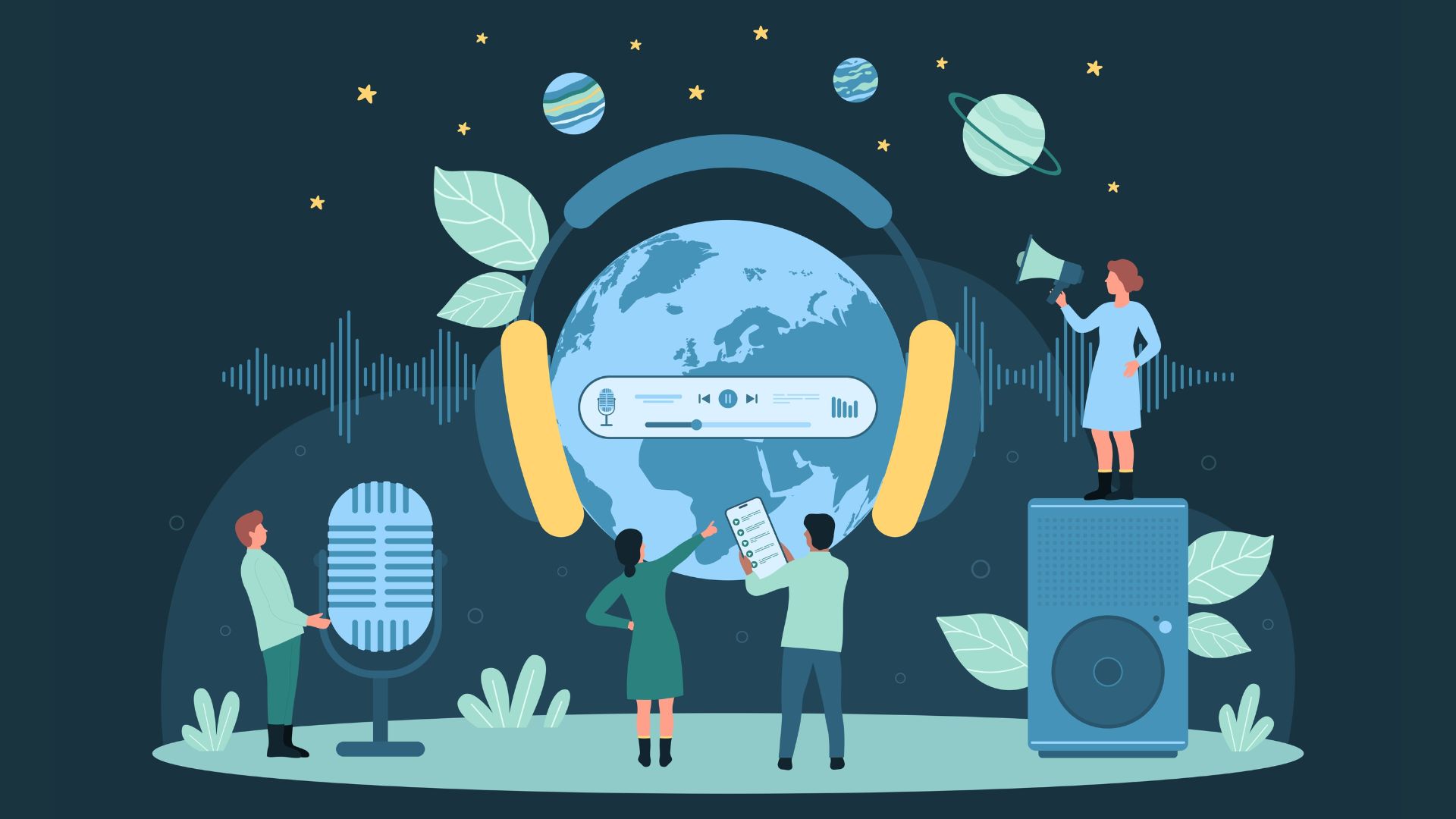How to train your ear
If you’re just starting out with your podcast, you might be wondering: “How do I know if this sounds good?”
Learning to judge your own podcast and make smart editing decisions isn’t something you’re born with.
It’s something you have to train.
But the good news is, the more you do it, the better you get.
Want help starting your podcast? Download my FREE ‘How To Start A Podcast’ guide.
Good audio starts with good listening
The secret to getting better at editing? Start listening.
Just like writers become better by reading other authors, podcasters become better by listening to other podcasts.
The more quality shows you hear, the more your subconscious builds a reference library of what good audio and strong editing sounds like.
Editing requires full attention
One of the biggest mistakes I see people make is editing while distracted…watching TV, checking emails or rushing through the process.
If you’re not fully focused, you’ll miss mistakes, stumbles and clunky transitions that will break the conversational flow of your episode.
Always give editing your full attention.
Close your eyes, listen to transitions and ask yourself: “Does this sound like a normal, uninterrupted conversation?”
Tools can help (but don’t rely on them)
Things like Adobe Enhance or AI noise reduction tools can clean up background noise, but you have to be careful.
If your voice starts sounding robotic or overly processed, you’ve gone too far.
Always ask: “Does this still sound like me?”
The most common editing mistake
It’s not under-editing… it’s over-editing.
Over-editing is when your edits are so tight and unnatural it sounds like you’ve taken to your conversation with a blunt machete.
Here are a few ways to avoid it…
- Always listen back – not just to the edited section but to at least the sentence before and after
- Use headphones – they will pick up way more than your ears can alone and you want to hear your show as your listener will hear it
- Focus fully — don’t multitask while editing
- Have a breath/silence file on hand — copying and pasting these into tight edit spots can help you smooth things out
- Listen with your eyes closed — this can help you focus so you don’t miss a thing
To make sure the end result sounds seamless you’ll need to listen to the episode multiple times as you edit, including one final pass.
This last listen is less about editing and more about trying to absorb the sound of the episode as a whole, exactly as your audience will hear it.
Learning to hear the difference
The more podcasts you listen to, including your own, the easier it’ll be to notice bad edits, weird pacing, room echo and awkward transitions.
The more you notice, the more you can improve and that’s what you’re aiming for.
Editing well is about respecting your audience’s ears and time, so give the process the attention it deserves and you’ll soon nail it!
🎙️ Want to start a podcast but feeling overwhelmed?
Grab my free “How To Start A Podcast” guide or get step-by-step support inside my online course, PodSchool.
Got a question about podcasting? Send it my way so I can answer it on the podcast!

